De Nora Capital Controls 1041B Series User manual


















Table of contents
Popular Control Unit manuals by other brands
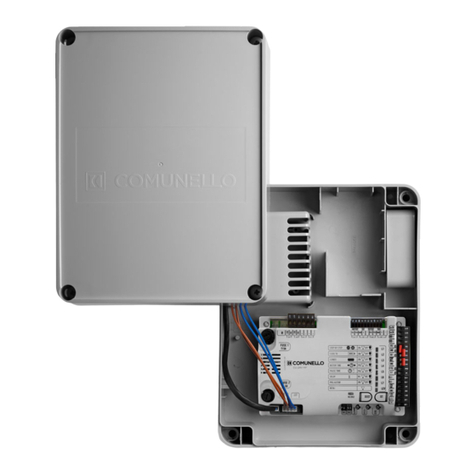
Comunello Automation
Comunello Automation QUAD-24V-HP Installation and user manual

Korg
Korg MEX-8000 Service manual
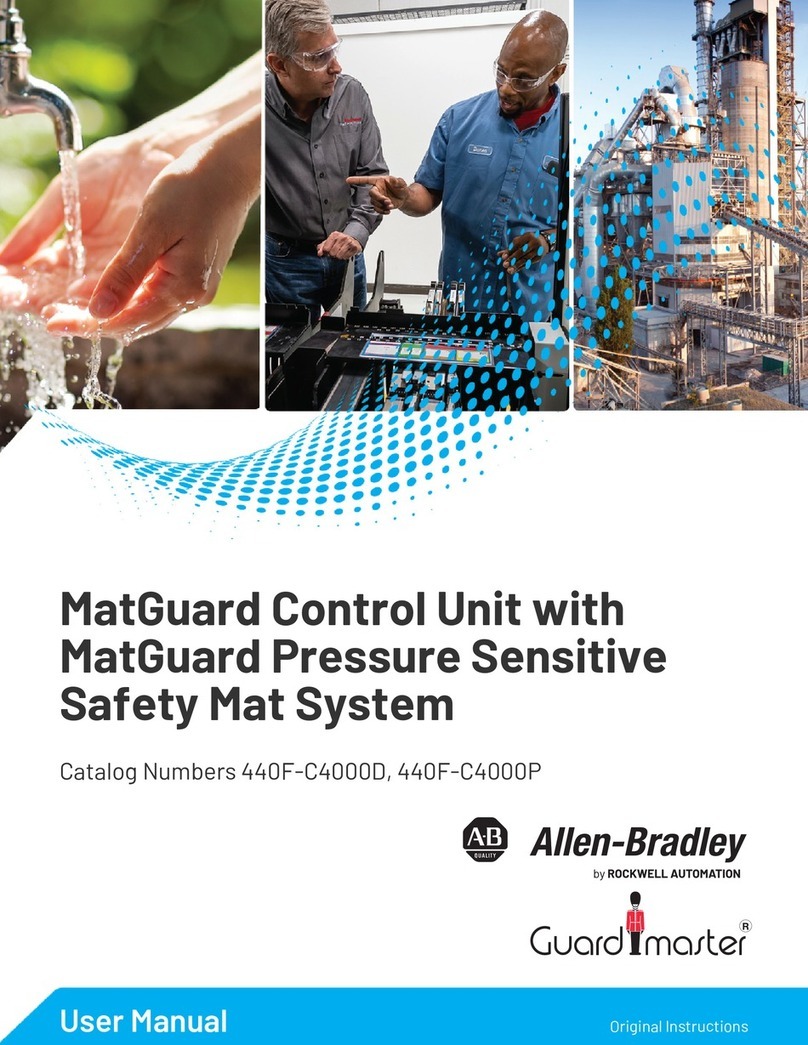
Rockwell Automation
Rockwell Automation Allen-Bradley Guard master 440F-C4000D user manual
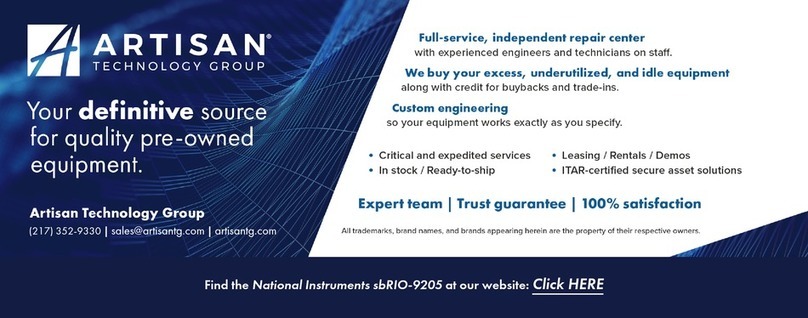
National Instruments
National Instruments sbRIO-9205 Getting started guide
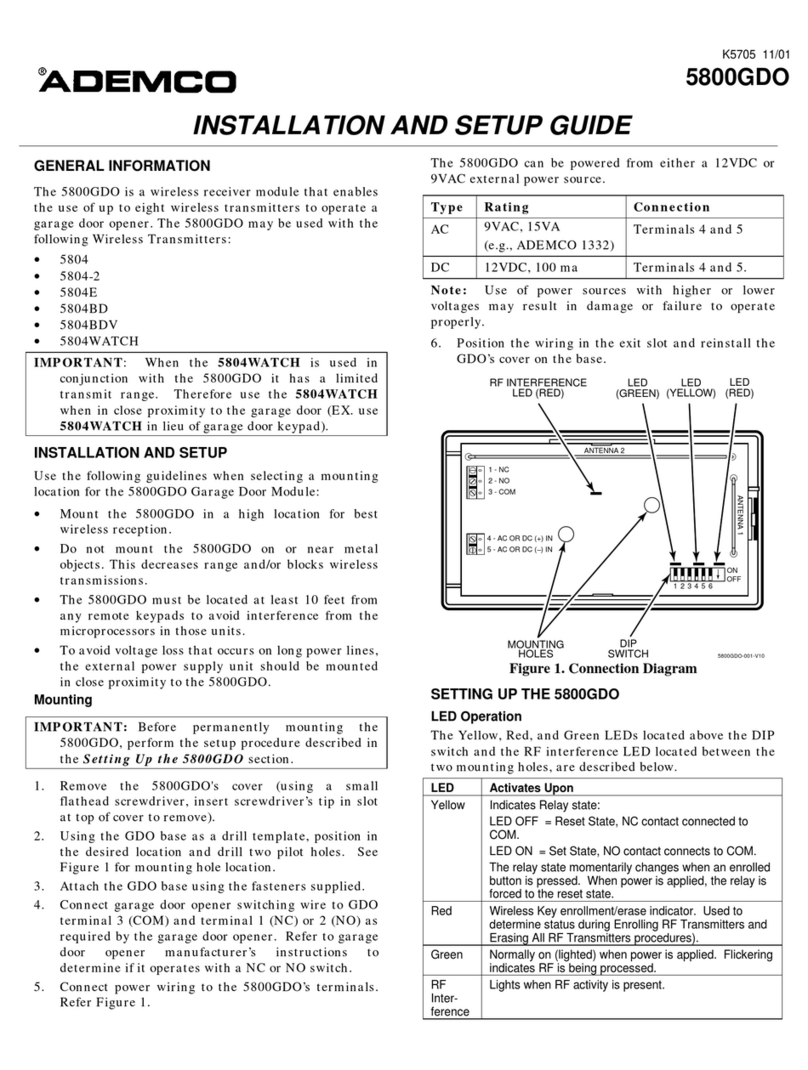
ADEMCO
ADEMCO 5800GDO Installation and setup guide
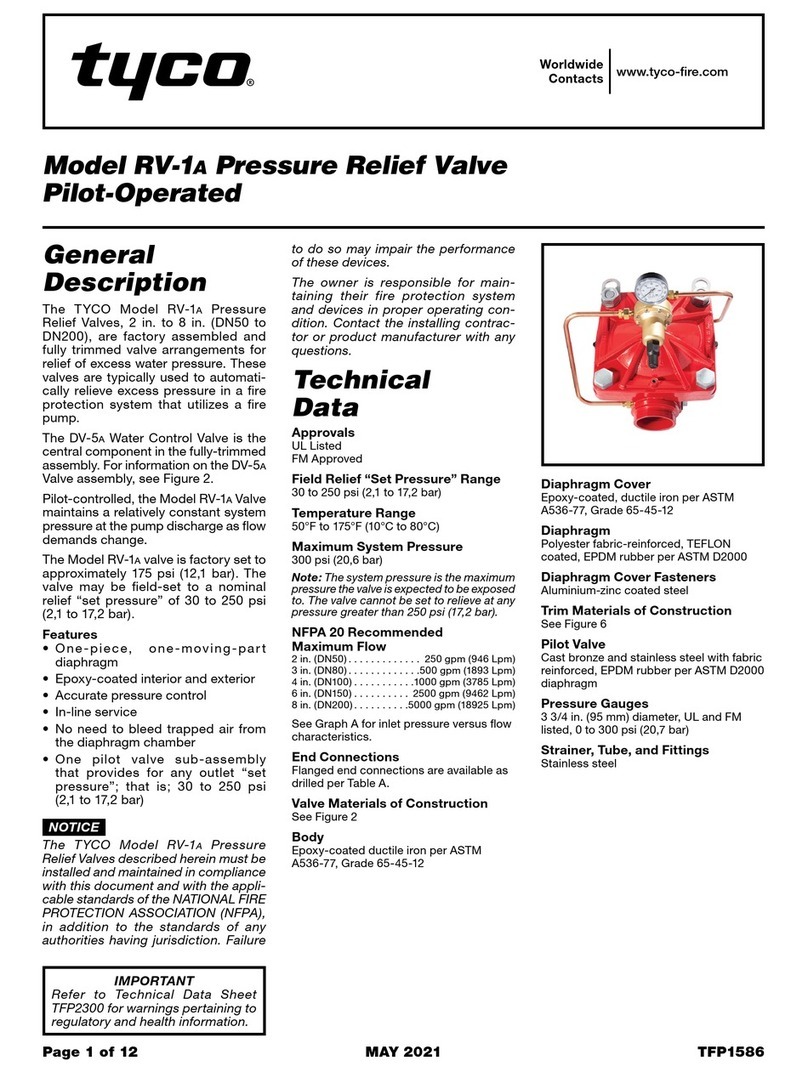
Johnson Controls
Johnson Controls Tyco RV-1A manual
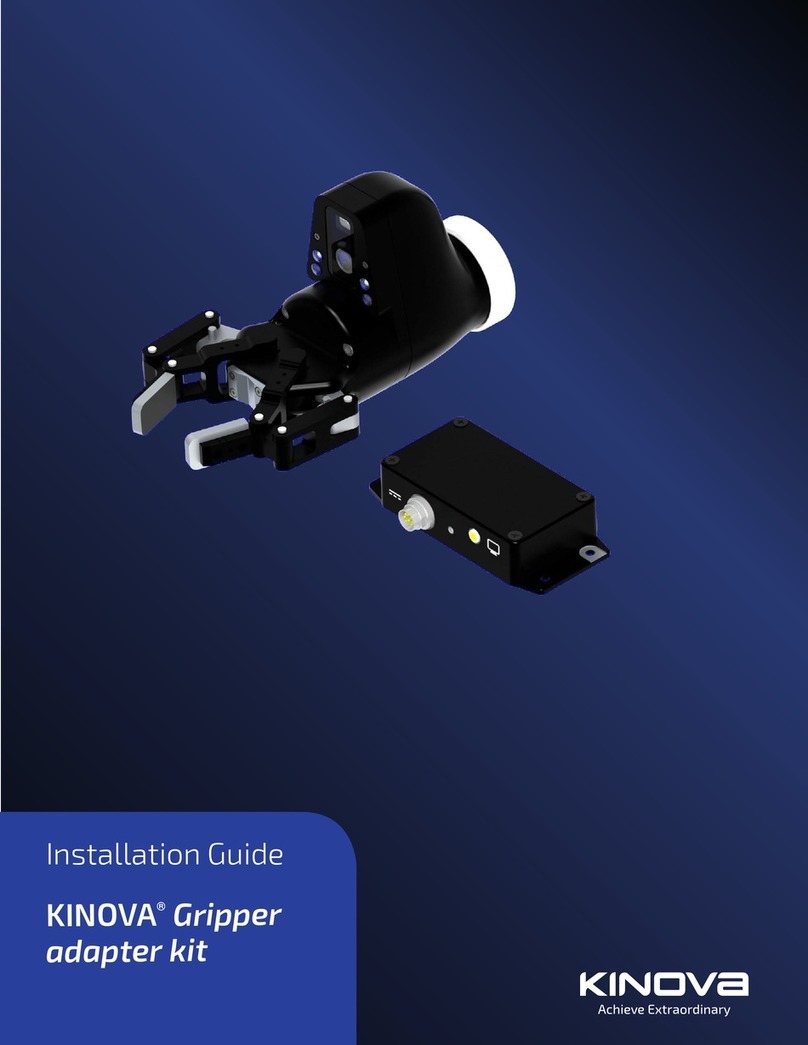
Kinova
Kinova Gripper adapter KR11703-01 installation guide

Titan Controls
Titan Controls HERCULES 702764 user guide
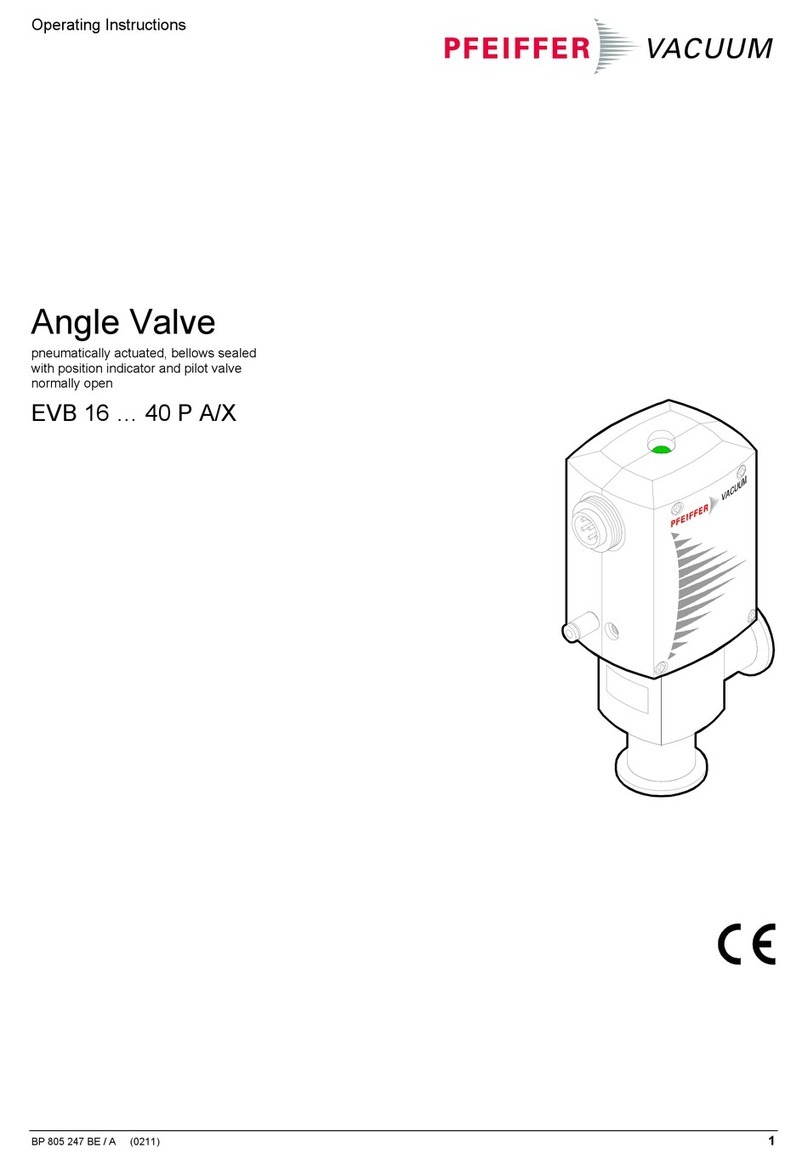
Pfeiffer Vacuum
Pfeiffer Vacuum EVB 16 P A manual

Viessmann
Viessmann 5578 Operation manual
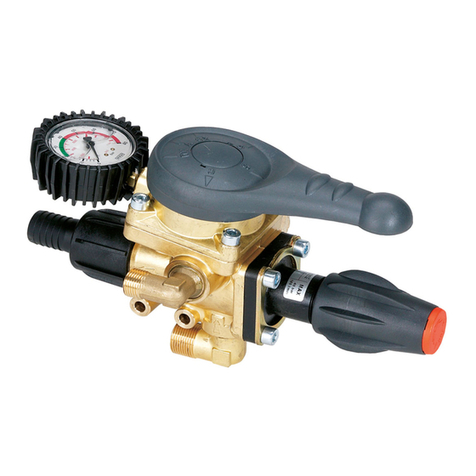
Tecomec
Tecomec GEOline ORION instruction manual
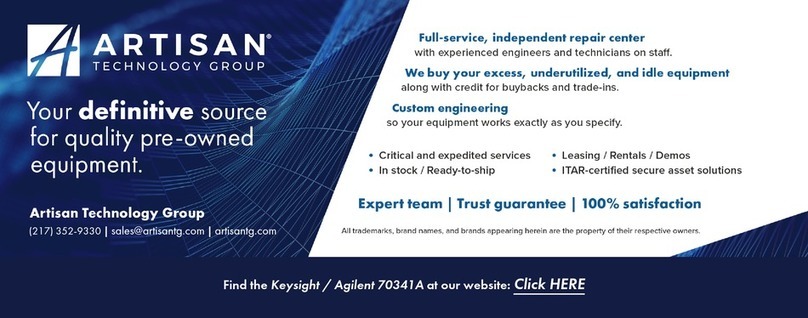
Agilent Technologies
Agilent Technologies 70341A installation guide

Aumuller
Aumuller EMB 7300 Series Installation and commissioning instructions
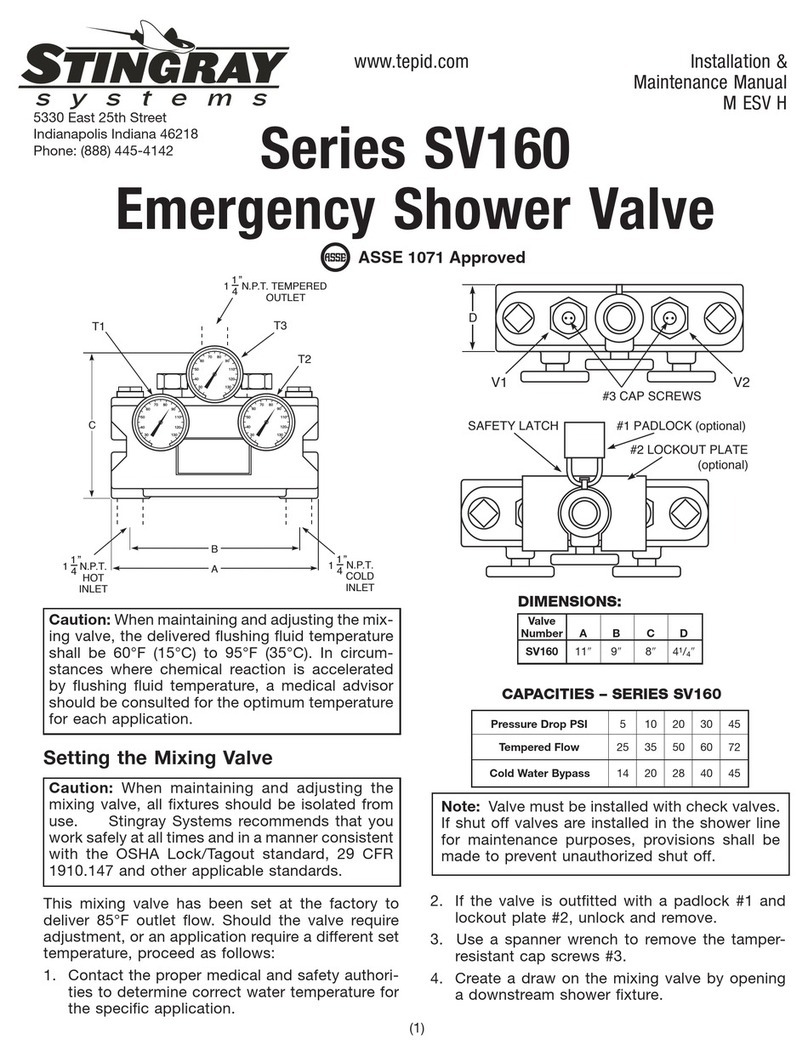
Stingray
Stingray SV160 Series Installation & maintenance manual
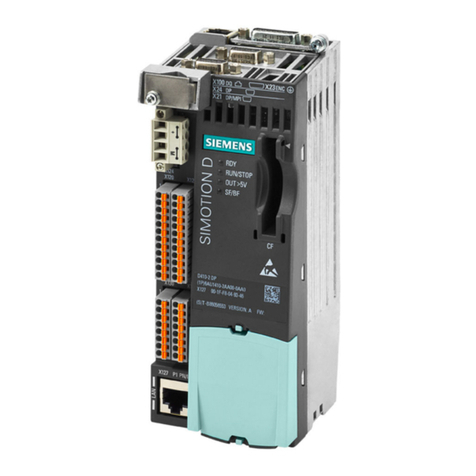
Siemens
Siemens SIMOTION Equipment manual
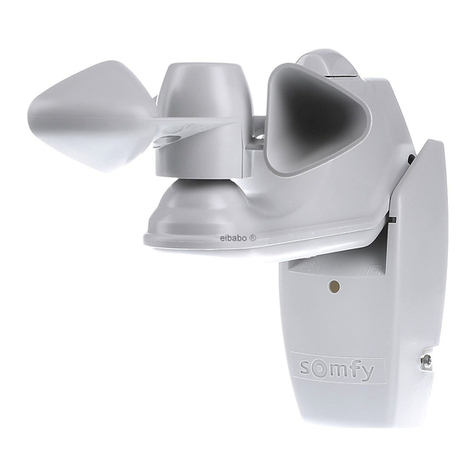
SOMFY
SOMFY EOLIS RECEIVER Installation and operating instructions
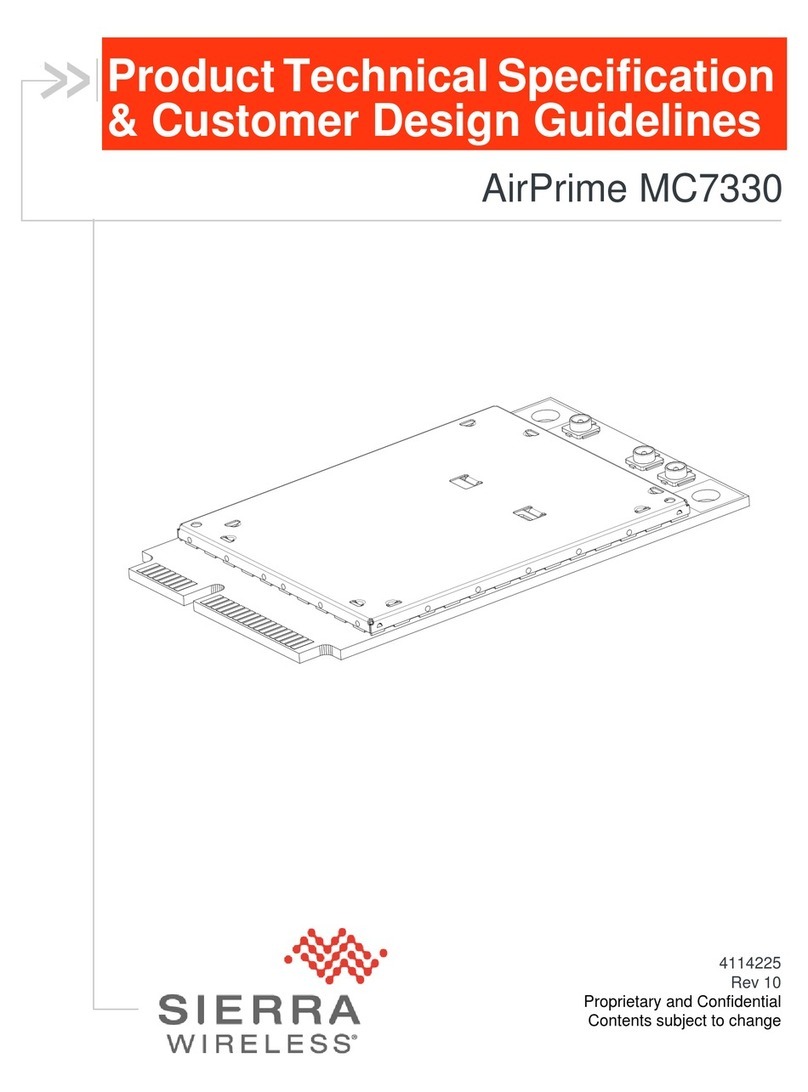
Sierra Wireless
Sierra Wireless AirPrime MC7330 Product Technical Specification & Customer Design Guidelines

HP
HP SDGOB-1391 user guide